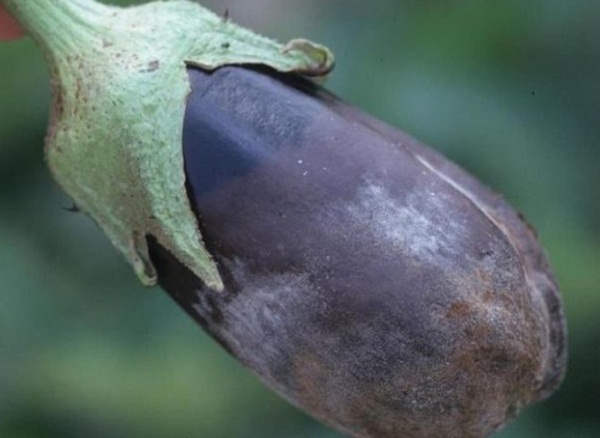 Eggplant is a whimsical culture that requires special care, as it is more often susceptible to various diseases. But the most fatal disease is late blight. How to detect the disease in time and fight it - we will find out below.
Eggplant is a whimsical culture that requires special care, as it is more often susceptible to various diseases. But the most fatal disease is late blight. How to detect the disease in time and fight it - we will find out below.
Content
The causes of the disease
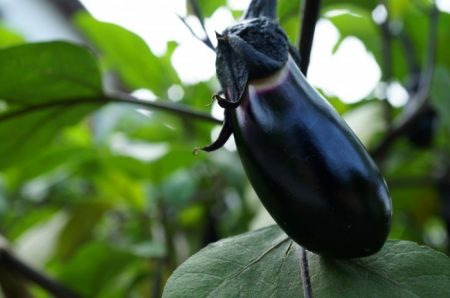 Late blight is a fungal disease. Moreover, it came to us from Europe through infected potato tubers. The causes of late blight eggplant are:
Late blight is a fungal disease. Moreover, it came to us from Europe through infected potato tubers. The causes of late blight eggplant are:
- direct proximity to infected cultures;
- damp weather with frequent thunderstorms and heavy rains;
- disturbance of crop rotation and eggplant care.
The following errors of even experienced gardeners can also lead to the spread of the disease:
- eggplant planting too often. By frequent planting is meant a dense planting of a plant. This prevents free ventilation, but contributes to the excellent spread of the fungus;
- excess nitrogen nutrition. Nitrogen contributes to the formation of delicate leaves of the plant, which are not able to withstand fungal diseases.
Symptoms of late blight
It is quite difficult to confuse the infection with Phytophthora fungus from other diseases, since diseased cultures have a number of distinctive symptoms:
- eggplant leaves are covered with reddish spots with a light green or yellow-green edge;
- the infection is not fixed on the leaves, further, it extends to the stem of the plant;
- in wet weather, a soft white coating forms on the back of the leaves - a symptom of sporulation of the fungus. In dry weather conditions, plaque does not appear, but the leaves turn black and dry;
- on immature vegetables, the disease has the appearance of hard rot;
- as it grows, the fetus is most often deformed;
- brown spots appear on mature fruits, and if the weather is wet, a white coating also appears.
Treatment
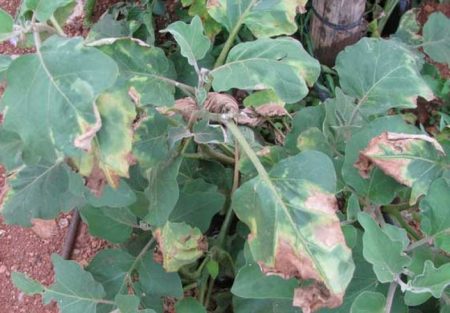 To combat a dangerous disease, many chemical preparations have been developed and a lot of alternative methods have been tried. We share each of them.
To combat a dangerous disease, many chemical preparations have been developed and a lot of alternative methods have been tried. We share each of them.
Chemicals
There are three types of drugs that can protect plants from fungal disease:
- protective preparations. Ineffective if the plant is already affected;
- curative remedies. They are used in the early stages of plant disease;
- eradicating. Get rid of the fungus at the stage of maturation.
Each of these drugs is used depending on what goals are being pursued. Below is a table of funds matching.
| Drug name | Protective effect | Curative effect | Eradicating effect |
| Abiga Peak | ++ | — | — |
| Bordeaux mixture | ++ | — | — |
| HOM | ++ | — | — |
| Tridex | ++ | — | — |
| Thanos | ++ | ++ | + |
| “Acrobat MC” | +++ | + | ++ |
| “Ridomil Gold MC” | +++ | +++ | +++ |
The use of “Fitosporin” is also allowed. It is a biological, not a chemical substance. Its principle of action is that “beneficial” bacteria absorb the fungus.
For greater effect, the use of several drugs is recommended depending on the degree of damage to the plant.
Folk remedies
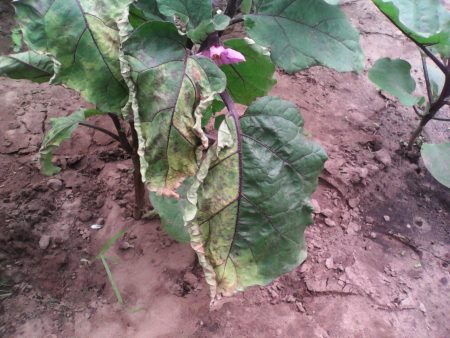 Seasoned summer residents also recommend folk remedies, proven over the years. Here are some of the recipes:
Seasoned summer residents also recommend folk remedies, proven over the years. Here are some of the recipes:
Brine
To prepare it, dilute 1 cup of rock salt in 10 liters of pure water. After - sprinkle with a mixture of eggplant;
Infusion with garlic
Grind 100 grams of garlic and mix with 10 liters of pure water, leave for 24 hours. Spray plants once a week;
Kefir solution
Dilute a liter of old kefir in 10 liters of pure water. Spray once a week;
Whey with iodine
To 2 liters of serum add 30 drops of iodine and 10 liters of water. Spray the plant;
Copper wire
Wrap the stem of the plant in a spiral wire with copper wire.
Disease prevention
In order to avoid the spread of the disease, pay attention to preventive measures. They will not completely prevent late blight, but will reduce the risk of infection of the culture:
- annually after each harvest, dispose of the tops and the remains of plants, they can be carriers of the fungus;
- for prevention, spray plants with fungicides.
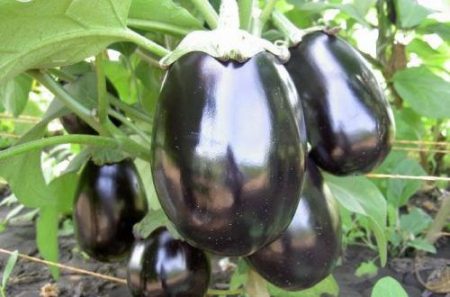
If any other plant is ill with late blight, also dispose of it to avoid subsequent infection of other crops.
Resistant Eggplant Varieties
One of the measures to prevent the development of the disease is also the choice of seeds resistant to fungal parasites. These include:
- Dream;
- Robin the Hood;
- Giselle
- King;
- Maria;
- Salamander.
Advice
In order to preserve the culture and avoid its infection with the fungus, use a number of tips:
- be sure to choose eggplant seeds that are resistant to the spread of the disease;
- dispose of the tops and the remains of old plants after harvesting, and also cultivate the soil. So, you will be sure that the soil is not infected;
- Regularly treat plants to prevent disease.
Following such easy guidelines will surely keep your vegetables healthy. Have a good harvest!

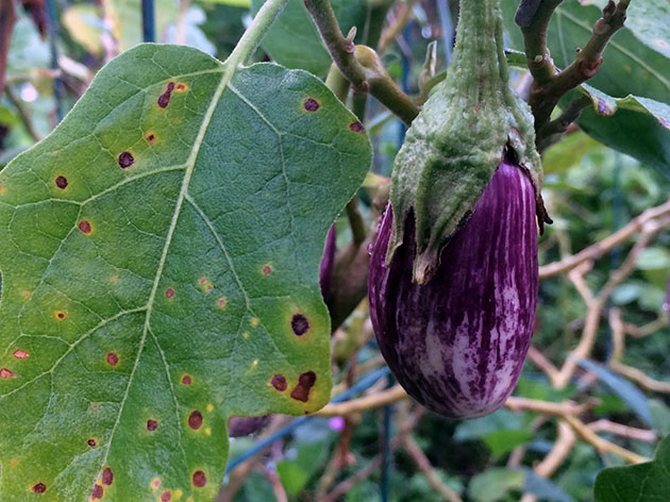
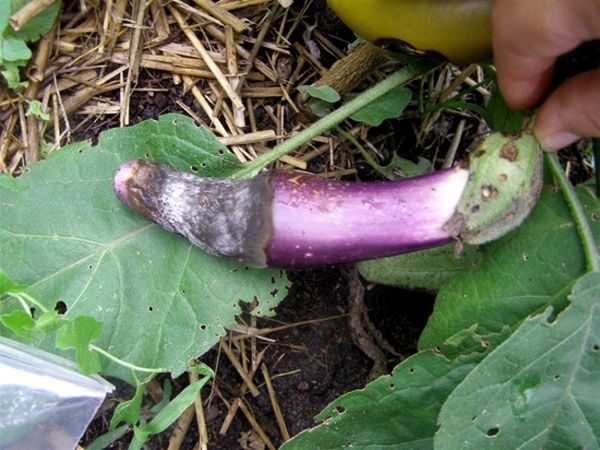
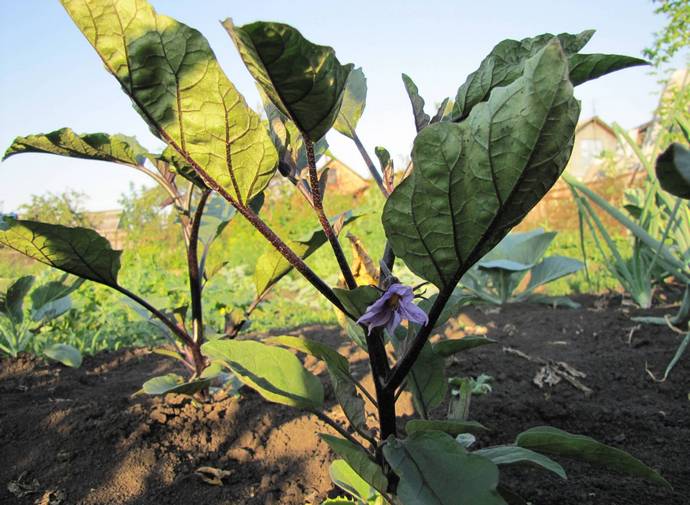 Eggplant have a empty flower? Save together with simple methods
Eggplant have a empty flower? Save together with simple methods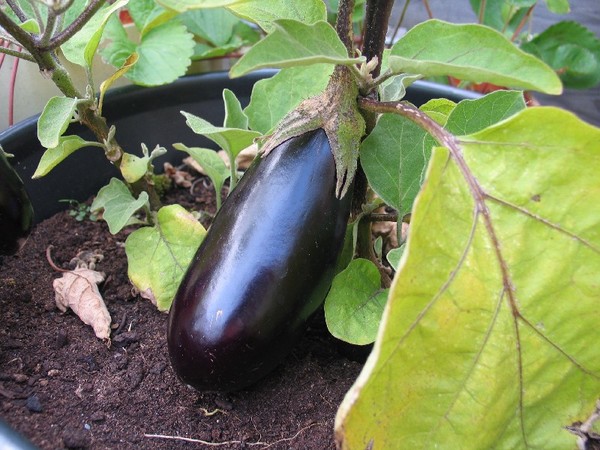 Why and what to do if the leaves turn yellow and wilt in the eggplant
Why and what to do if the leaves turn yellow and wilt in the eggplant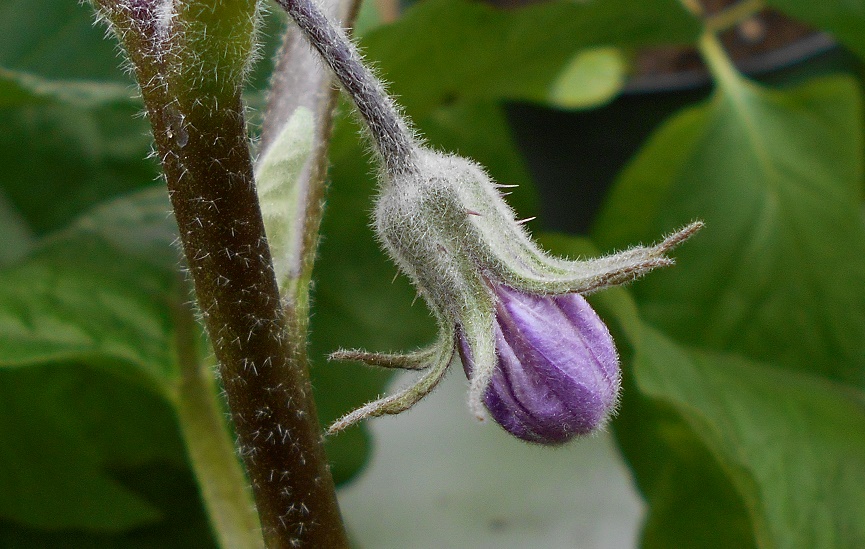 How to help eggplants to prevent flowers falling in the greenhouse?
How to help eggplants to prevent flowers falling in the greenhouse?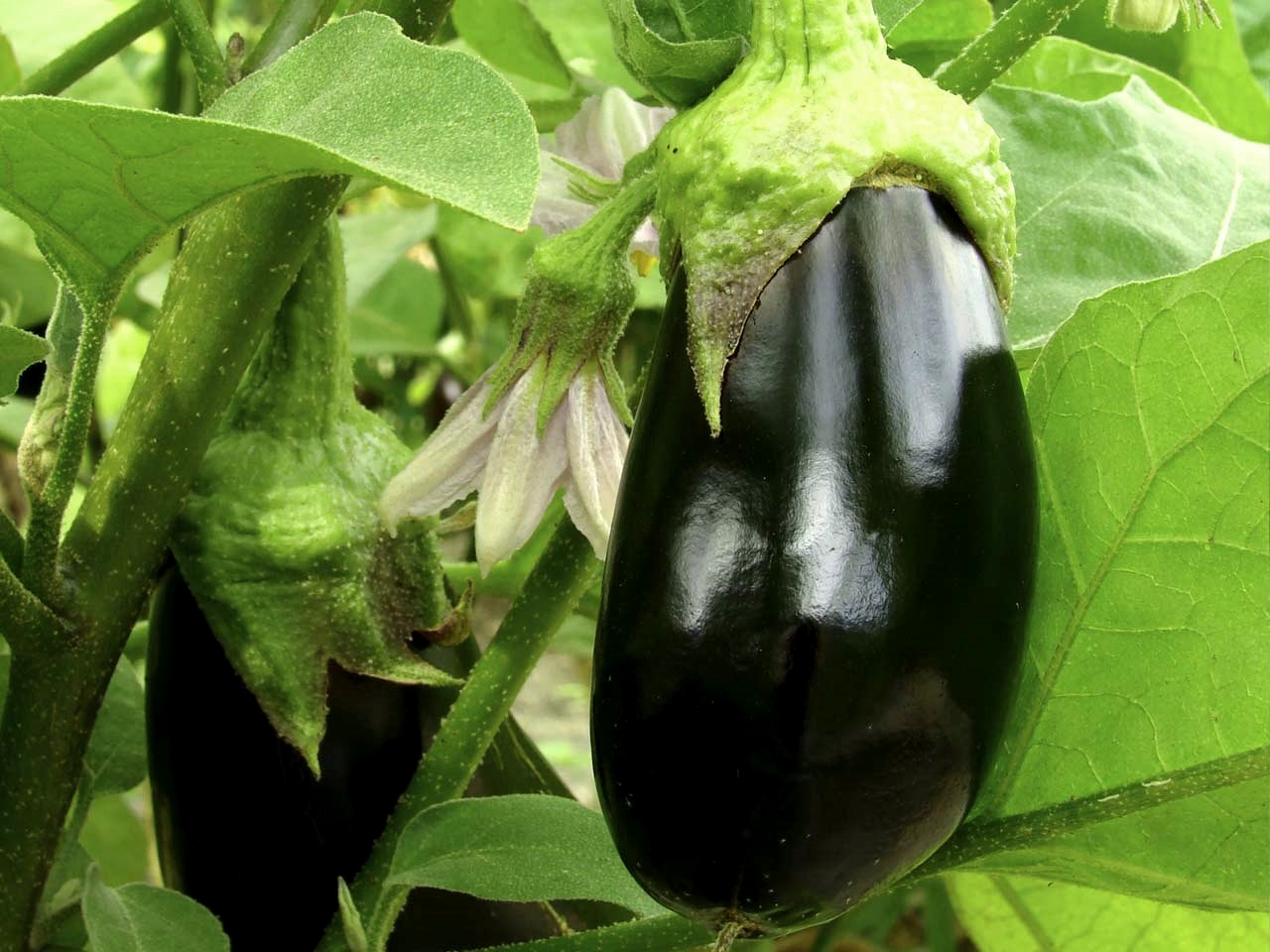 What to do to get a good eggplant crop in a greenhouse
What to do to get a good eggplant crop in a greenhouse